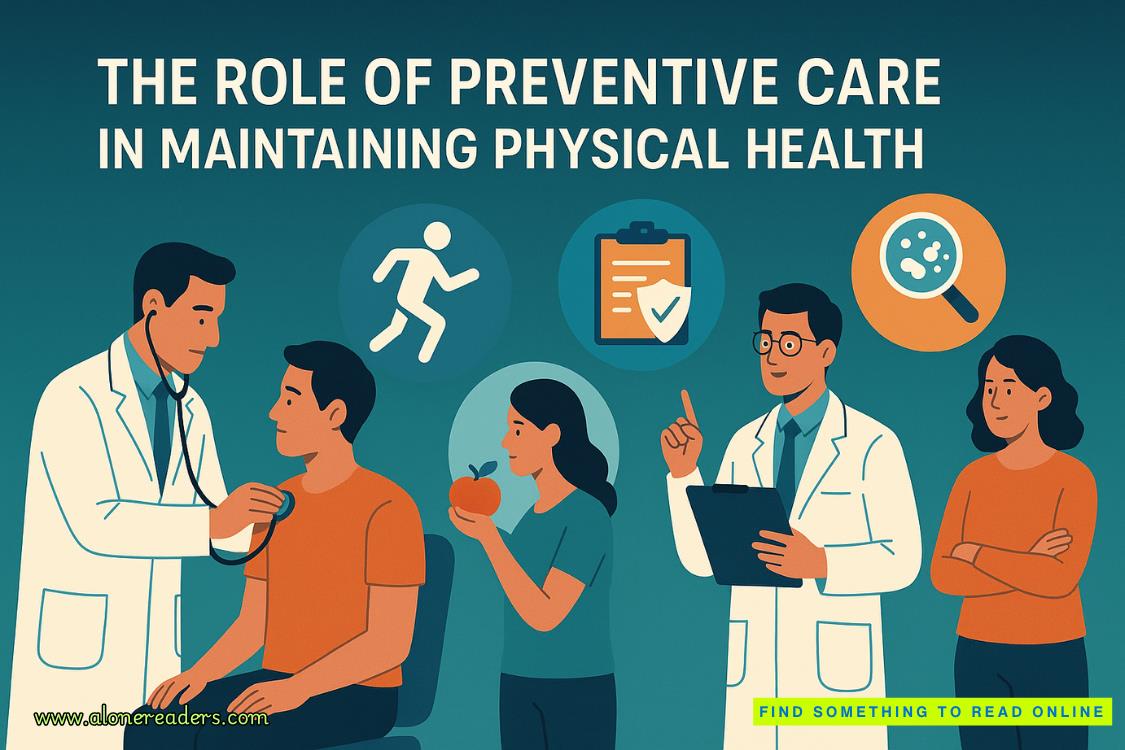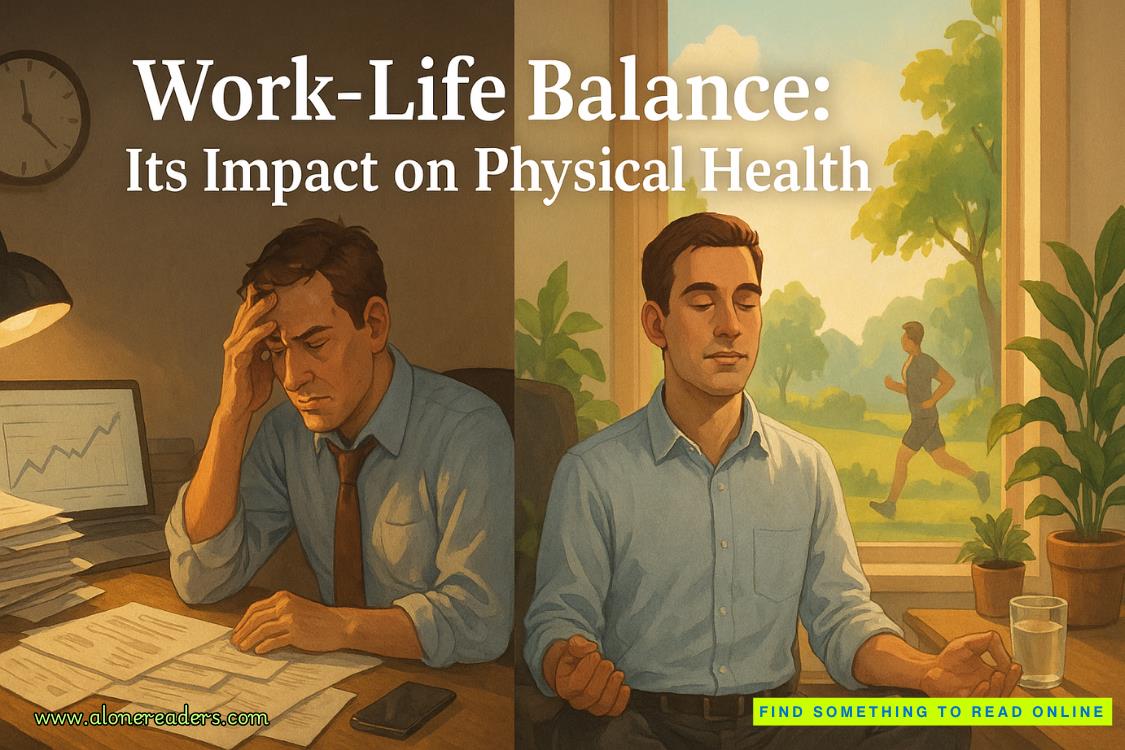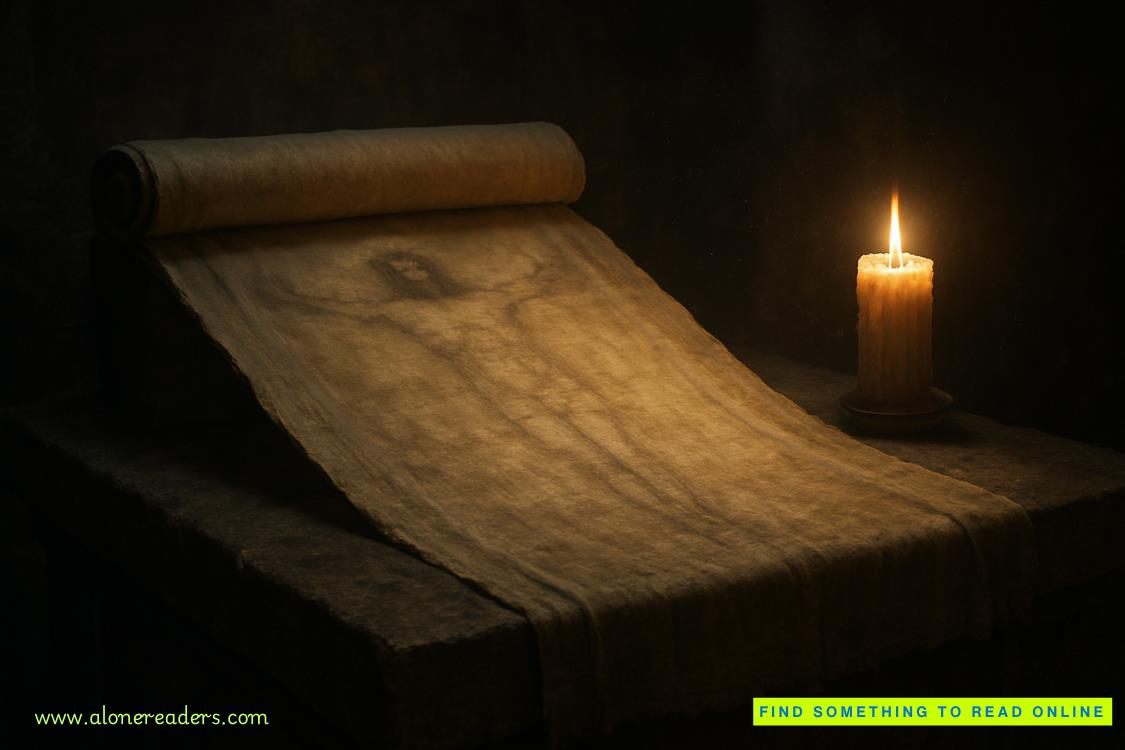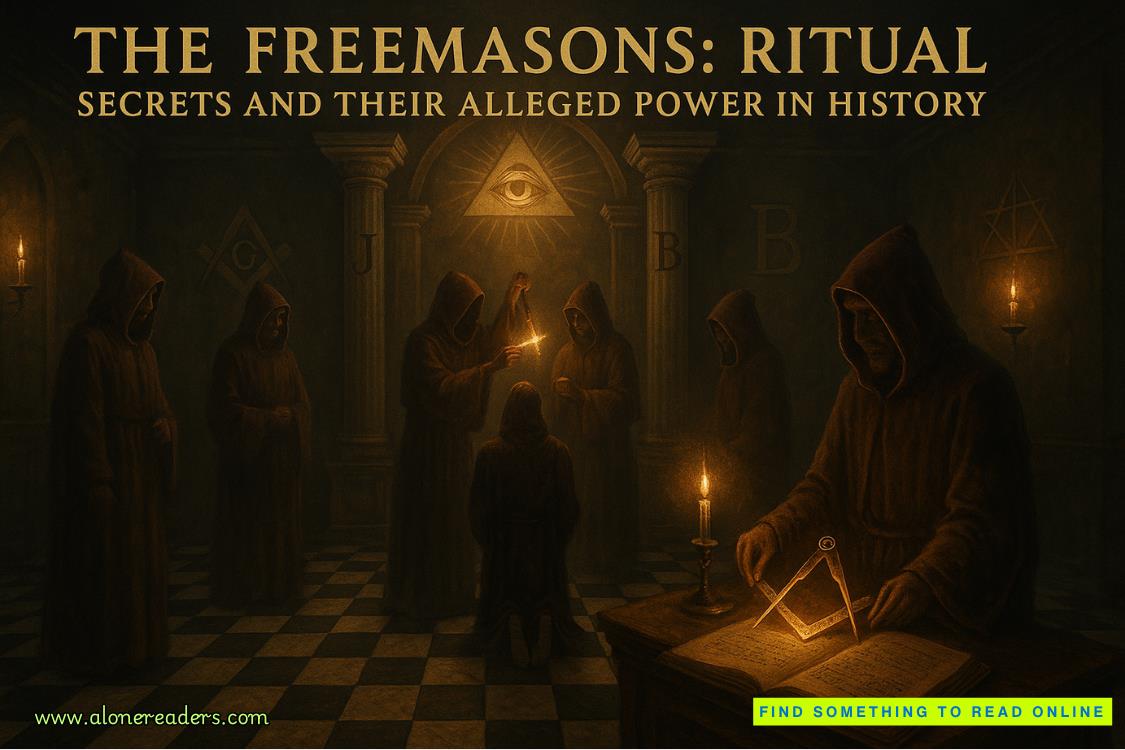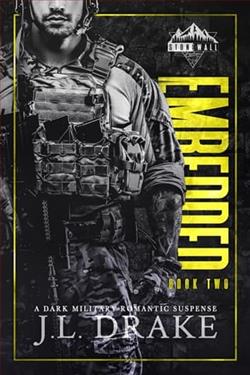Page 20 of Three-Inch Teeth
“Based on how deep the depression is, maybe three-fifty, three-eighty,” she said.
The snare Joe had set was sprung but empty, its steel cable coiled like a rattlesnake near the tree line.
“You had her for a while in your snare,” Hoaglin said to Joe. “You probably made her mad and she broke loose.”
“I’ve used these snares for black bears before,” Joe said. “But nothing this big.”
He tried to imagine the power it would have taken to snap the cable. Joe wasn’t sure that he could do it even by attaching the snare to the bumper of his truck and gunning the engine.
While Gordon took more photos of the cache, the track, and the broken snare, Cress retrieved a telemetry device from his backpack and powered it up.
“There’s no signal from a collar,” he said after a minute of tuning the handheld device.
Then: “Let’s go find her the old-fashioned way.”
*
JOE KEPT HIS eyes open and his senses at full alert as they departed the cache site. Brodbeck was apparently the best tracker on the team because he led the way and the others fell in naturally behind him. They carefully moved down the left bank to where the river bent to the east.
After an hour, Brodbeck said, “Nope. No tracks along the riverbank at all. She didn’t come down this way and she didn’t leave this way.”
“Then where is she?” Hoaglin asked.
Brodbeck pointed across the river toward the steep wooded slope. Joe followed his gesture. The intense fall colors made it hard to pick out individual objects through the foliage. Every dark boulder or sheet of rotting bark looked—for a second—like a bear.
“I think she ran off the same way she came down,” Brodbeck said.
“This is where I can help,” Joe said. “I’ll go back to my truck and get waders for everybody.”
“You’ve got five pairs of waders?” Cress asked, incredulous.
“I find them all the time where fisherman take them off and forget them,” Joe said with a shrug. “I’ve got a whole duffel bag full of them from over the years.”
*
AFTER WORKING THEIR way across the river over slippery smooth river rocks, the team made its first discovery when Brodbeck found a trail coming down the slope. The topsoil on the trail was churned up, and small pines were flattened in the path. Rocks had been dislodged from the soil, and on two flat spots, grizzly tracks could be clearly seen. One track was coming down the mountain and the other was going up.
“What’s this?” he asked, nudging a one-inch triangle-shaped piece of green fabric with the toe of his boot.
Joe bent down and studied it. “That’s Gore-Tex material,” he said. “From Clay Junior’s waders. It must have stuck to the bear’s teeth or claws and come off here.”
“Which meant she climbed back up the mountain sometime last night after she broke free of the snare,” Hoaglin said. “Which means we’ve got a unique situation: our bear didn’t hang around.”
“That’s unusual?” Joe asked Gordon.
“We’ve never hunted a hit-and-run bear before,” she said.
*
IT TOOK ANOTHER hour to climb the slope. They hiked on the left side of the bear path. Joe was out of breath by the time they reached the summit, and he reminded himself to take more breaks because he needed to be ready if they came face-to-face with the sow. He knew from experience how difficult it was to aim accurately when he was out of breath.
But there was no bear to be found on the top of the slope. Instead, a huge mountain meadow stretched out to the east until it was bordered by a wall of dense black timber that continued for miles. Beyond the timber, humpback peaks of the Bighorns stretched on for as far as they could see.
“We’re going to have to request aerial assistance,” Gordon said.
“Can we ask for a fixed-wing plane with an FLIR?” Joe asked.
FLIR was the acronym for forward-looking infrared, and Joe was familiar with the device because it was used by search and rescue teams to detect the thermal images of lost hunters in thick timber.
